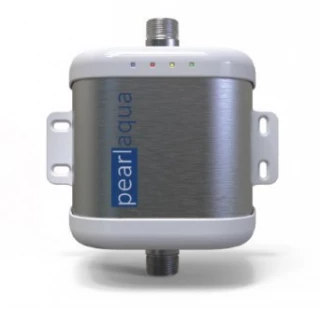Incoherent Lighting Solutions
Frequently Asked Questions
What are the different types of lighting solutions available in this category?
This category offers a wide range of incoherent light sources such as halogen lamps, fluorescent lamps, incandescent lamps, and LED lamps.
What are the advantages of LED lighting solutions over traditional lighting solutions?
LED lighting solutions are more energy-efficient, have longer lifespans, emit less heat, and are more environmentally friendly compared to traditional lighting solutions.
How do I choose the right lighting solution for my specific application?
The choice of lighting solution depends on several factors such as the required light intensity, color temperature, and beam angle, as well as the application requirements such as the operating environment and cost considerations. It is recommended to consult with a lighting specialist to select the right lighting solution for your specific application.
Are there any safety concerns when using lighting solutions?
Yes, some lighting solutions such as halogen lamps and incandescent lamps can emit high levels of heat and UV radiation, which can be hazardous if not used properly. It is recommended to follow the manufacturer's instructions and safety guidelines when using any lighting solution.
What are the benefits of using incoherent light sources for lighting solutions?
Incoherent light sources offer several benefits for lighting solutions, such as high brightness and efficiency, longer lifetimes, and lower heat generation. Additionally, incoherent light sources are available in a range of colors and spectra, making them versatile for various applications.
What is polarization and how does it affect lighting solutions?
Polarization is the orientation of the electric field in a light wave. Some lighting solutions, such as polarizing filters or polarized light sources, utilize polarization to achieve specific lighting effects or enhance visibility. For example, polarizing filters can reduce glare and increase contrast in LCD displays or photography, while polarized light sources can be used for imaging or optical measurements.
Can polarization affect the color of light?
No, polarization does not affect the color of light. However, it can alter the intensity, direction, or orientation of the light waves, which may affect the perception of color or brightness.
How is polarized light used in imaging and microscopy?
Polarized light is commonly used in imaging and microscopy to enhance contrast and improve image quality. It can reveal specific features of a sample, such as birefringent materials and crystal structures.
What are polarized LED lights?
Polarized LED lights are LED bulbs that emit polarized light. These lights are typically used in applications where glare reduction is important, such as in outdoor lighting and automotive headlights.
FindLight is your one-stop-shop for incoherent lighting solutions from the industry's leading manufacturers. Our vast selection includes lamps, LEDs, and other lighting products to suit a variety of applications. Whether you're looking for industrial or scientific lighting solutions, we have the products you need to get the job done.
